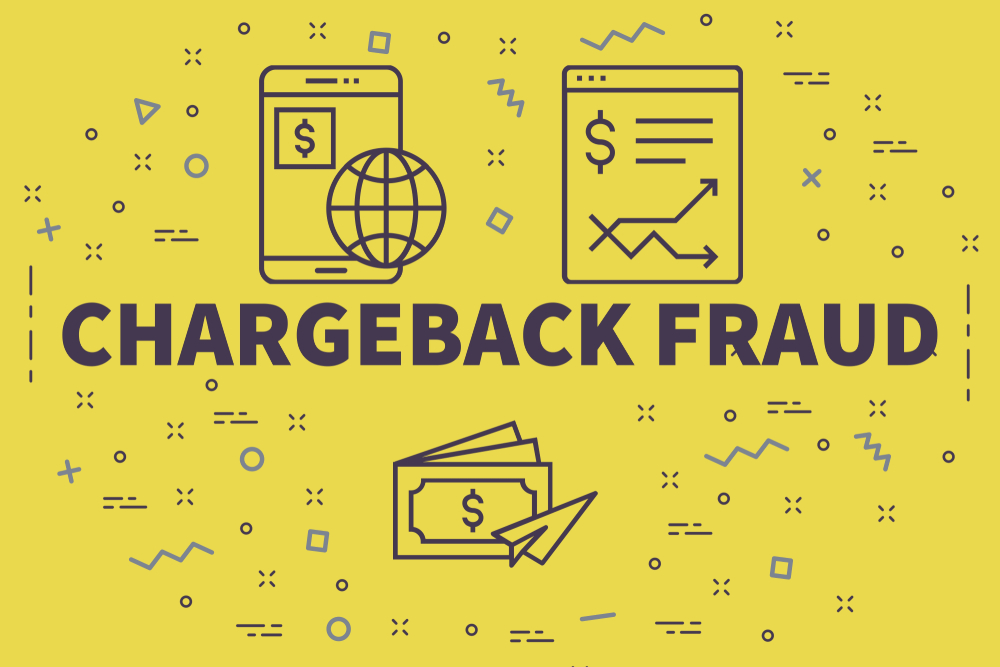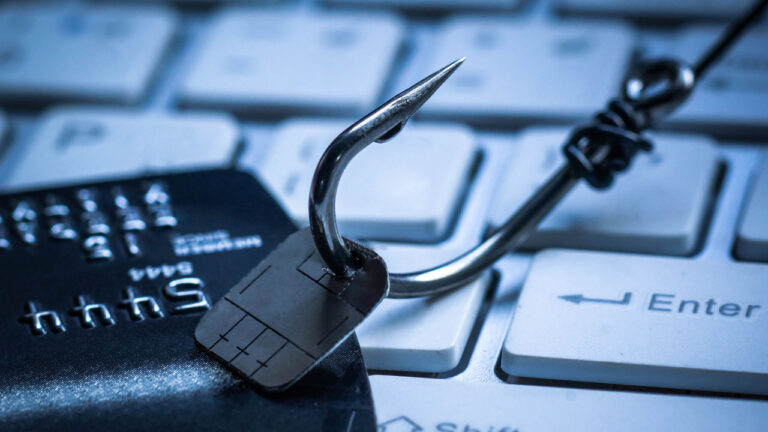What Defines Fraudulent Chargebacks?

When managing chargebacks, it’s important to distinguish between legitimate chargebacks and fraudulent chargebacks. With legitimate chargebacks, the cardholder is acting according to laws and regulations and is exercising their rights. For example, if a cardholder’s card was stolen and then used to make an unauthorized purchase, the cardholder has the legal right to file a chargeback. In pretty much all of these cases, they will be approved. Yet not all chargebacks are legitimate which is where the challenge of chargeback fraud comes in.
With fraudulent chargebacks, there’s no real basis to file the dispute. Fraudulent chargebacks are often due to intentional fraud on the cardholder’s part. He or she might be trying to secure free products. By filing a chargeback, a cardholder may get refunded for a transaction while also being able to keep any goods or services rendered.
In some cases, fraudulent chargebacks are not always malicious and could be due to confusion or other issues. It’s crucial for merchants to understand why chargebacks are being filed, and whether they are legitimate or fraudulent. From there, the merchant can set up the right protocols and tools to combat them.
Ultimately, you could argue that any chargeback filed without a legitimate reason according to current chargeback regulations and policies is fraudulent. Let’s take a closer look at the differences between legitimate and fraudulent chargebacks.
The Differences Between Legitimate and Fraudulent Chargebacks
In the United States and many other jurisdictions, chargebacks are enshrined into law. The details are rather complex and we cover them in this article on how congress created chargeback law, but suffice to say, when credit and debit cards started to proliferate, lawmakers enacted laws and regulations to ensure that cardholders would be protected in cases of merchant fraud, stolen cards, and other situations.
Cardholders can file legitimate chargebacks for many reasons, including:
- A shipment was never delivered
- Billing issues led to double charges and other problems
- The product delivered was not as described
- An unauthorized purchase was made with a stolen credit card
The above cases are only a small sampling. When used properly, chargebacks protect cardholders. However, some unscrupulous cardholders have learned that they can abuse the dispute process. A cardholder can make a purchase, receive their products, be happy with the goods, and still file a chargeback anyway. Why? If approved, they could get products they love for the cost of nothing. Unfortunately, merchants in these cases are left to pay for not just inventory and labor, but also chargeback fees and other penalties.
There’s a bit of a gray zone as well. Merchants may get hit with illegitimate chargebacks, but they may not be malicious. For example, if a business uses vague billing descriptors and a cardholder sees a charge he doesn’t recognize, he might believe that he’s been defrauded and thus could file a chargeback. However, the transaction may have been legitimate and the merchant did everything right. The issue was simply a misunderstanding stemming from vague billing descriptors.
Do these chargebacks count as fraudulent? At the very least, they are “illegitimate.” Who’s at fault? You could argue the merchant caused the issue by using vague billing descriptors. You could also argue that the cardholder should have done more research before filing a chargeback. If they had looked at the charge more closely, they might have recognized it and thus wouldn’t have filed a chargeback.
How to Prevent Fraudulent Chargebacks?
The most important takeaway for merchants is that it’s crucial to understand why chargebacks are being filed. If a merchant is making errors that lead to legitimate chargebacks, say accidentally double-billing a customer, they’ll need to change their practices to reduce errors.
With malicious fraudulent chargebacks, setting up stronger protocols and using tools that sniff out fraud can go a long way. With unintentional but not malicious chargebacks, data-sharing tools, like Ethoca’s Consumer Clarity™, can go a long way.
Dealing with chargebacks takes a fair bit of effort but advanced chargeback management tools can streamline much of the process. No matter the source or cause of your chargebacks, if you need assistance, feel free to reach out to the chargeback help team.






